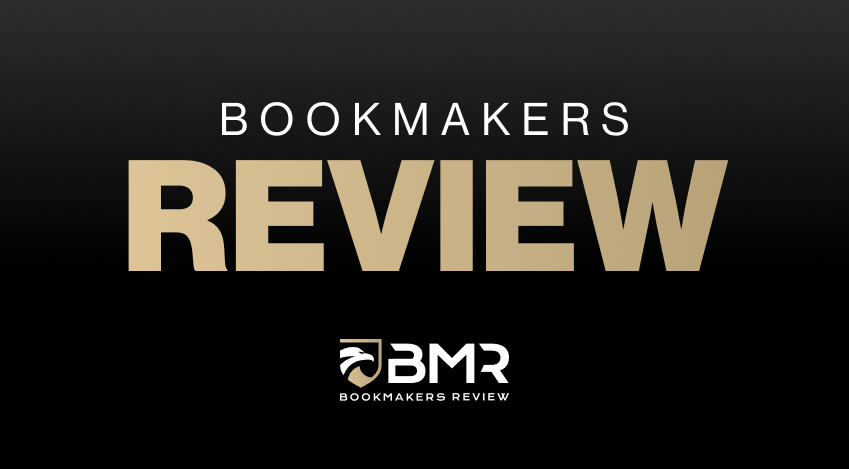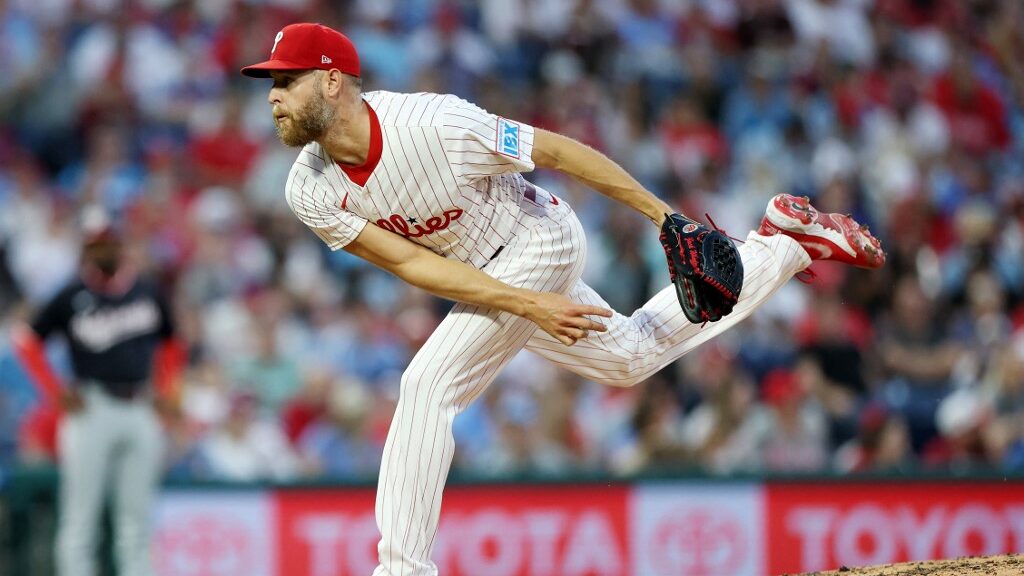We know that the pitch clock has led to shorter games, and cut into beer sales prompting some teams to change their concession policies. But can the new clock be directly traced to an increase in scoring and a drop in live MLB betting at some U.S. betting sites?
Celebrated poets and nameless scribes alike have long written about the timeless nature of baseball, and how its lack of a clock ticking down differentiates the game from just about every other team sport.
That all changed this season with the introduction of a pitch clock, among other rule changes, and the debate is on whether or not any of the new rules are behind an increase in offense, and the effects that increase is having on MLB odds and bettors.
The Clock Is New, the Rule Is Not
While having a pitch clock tick down in stadiums and on television screens is new, there has always been a rule regarding how much time a pitcher had to deliver their next offering. Major League Baseball just strictly defined that time, and is simply requiring umpires to enforce it.
Officially, MLB calls it a “pitch timer”, and the rule sets a 30-second time limit between batters, 20 seconds between pitches with runners on base, and 15 seconds if the bases are empty.
Along with a rule restricting the number of times a pitcher can throw to an occupied base attempting to pick a runner off, Spring Training contests last month were roughly 25 minutes shorter, and heralded as “…probably the biggest change that’s been made to baseball in most of our lifetimes” by MLB executive VP Morgan Sword.
Pitch Timer + Shift Ban = More Offense?
Again, the change isn’t really an actual clock, but the strict and unyielding enforcement of time limits. Even shorter time limits have been on the MLB books since 1901, which was my lifetime plus a couple more generations ago.
Offense is up, that much can’t be argued as the numbers below show (all 2023 stats through games on April 18):
That’s a healthy increase of more than half a run per game in the AL, and nearly a quarter of a run in the NL. Home runs and stolen bases are also up, with the only real oddity being the shift ban not affecting batting averages in the AL as was imagined.
‘Over’ & Out
The extra scoring has been felt at top sportsbooks where the ‘over’ has been cashing better than 55% of the time through games on April 17. That rate is up to 58.5% among American League teams, which opens another whole new angle on betting given the increase in interleague games.
- Baltimore (11-4-1 O/U/P), Houston (12-5), and Oakland (11-5-1) are cashing ‘over’ tickets at the highest frequencies.
- The Minnesota Twins (5-11 O/U), New York Yankees (6-10), and St. Louis Cardinals (6-9-1) have the top ‘under’ returns.
Digging a little deeper inside the numbers reveals the Orioles and Astros are above-average on the offensive side to account for some of their ‘over’ tendencies, while the Athletics are near the bottom in AL scoring and allowing the most runs per game in the Junior Circuit.
The Twins and Yankees are running 1 & 3 in the AL in the ERA column, while also scoring below the league average to help explain winning ‘under’ tickets.
Nos. 4-5 Starters Have Been Hit Hardest
The barrage of home runs MLB saw over the first weekend of play led to a knee-jerk declaration by some that hitters were ahead of pitchers on the pitch clock curve. Home runs have tailed off some, but scoring remains up with 7 of the 11 games on Monday going ‘over’ (plus a push).
That still points to hitters being ahead of the game, but it’s not that easy. Everyone is still adjusting – even the umpires – and deeper dive into the results so far reveals it’s the pitchers at the back of rotations who are driving the ‘over’ winners up.
In-Game Betting & In-Game Beer Sales
Coinciding with the increase in offense is an increase in the number of states allowing sports betting from this time a year ago, which was up from the year before that. While the number of traditional MLB picks – moneylines, totals, baseball futures – is up, there are some outlets reporting a drop in live betting.
Just like the batters, pitchers and umpires, bettors and sportsbooks are adjusting on the fly as well. But hey, if stadium concessionaires can offset the shorter games by selling beer past the seventh inning, then oddsmakers and bettors can figure out how to make it work for them.














